Where to Buy Fresh Fruit and Vegetables for Cheap
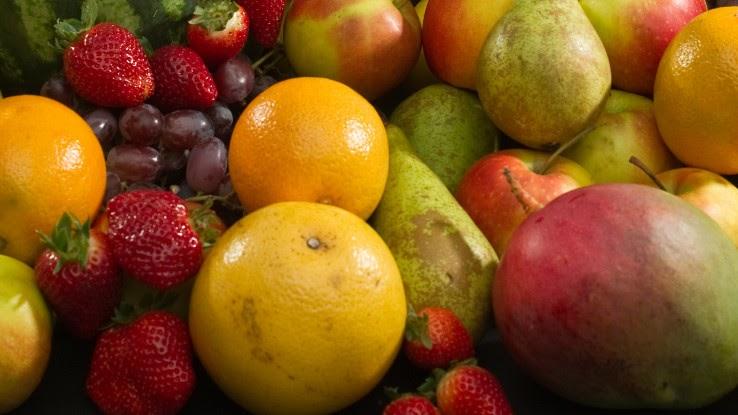
One of the most important things for living a healthy life is eating healthy food, and that means produce. Lots of produce. But one of the biggest problems with healthy food choices is food spoilage and waste. Delicious fruits and vegetables tend to spoil pretty quickly, which can discourage a lot of folks.
However, hope isn't lost if you're trying to get more fruits and veggies in your diet. Here are some easy tips and tricks for keeping your produce fresh and tasty, both in and out of the fridge.
Use Produce Bags for Storage
You may be tempted to store produce in bags. Sealed bags — like zipper seal bags — aren't a good idea since they trap moisture and air in with your fruits and veggies. This causes the produce items to spoil faster as they sit in this mix of water and air and turn into a feast for bacteria.
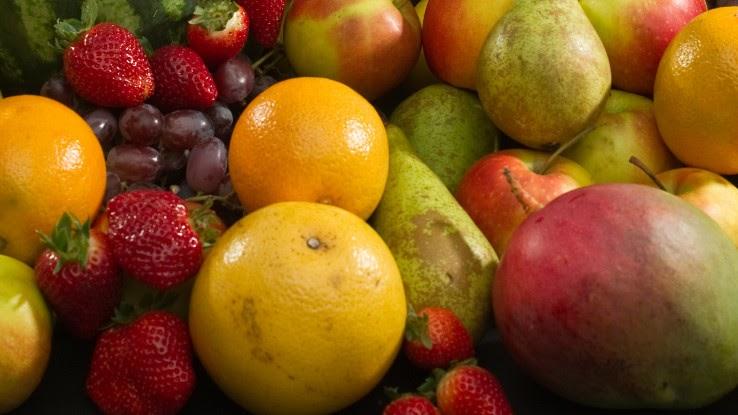
Instead, purchase some breathable storage bags designed specifically for fresh produce. They absorb moisture and air while allowing your fruits and veggies to chill in the fridge for much longer.
There are some fruits and veggies that do fantastic in cold storage areas such as a refrigerator, but others absolutely should not be kept there. Instead, these items should be kept in cool — but not refrigerated or frozen — dark spaces.
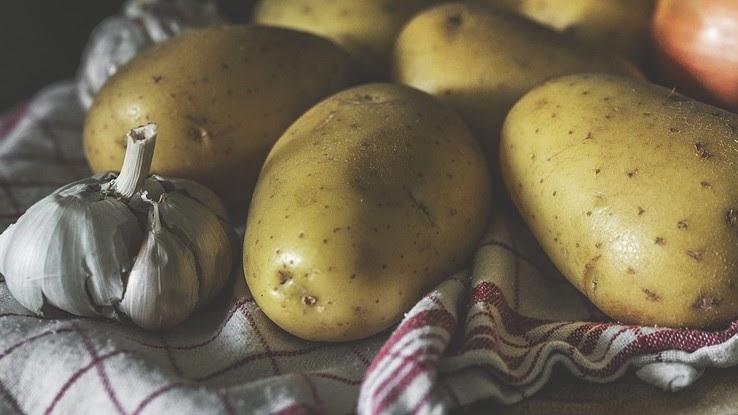
The back of a pantry or root cellar is perfect for keeping onions, garlic, potatoes, sweet potatoes, squash and similar root vegetables. These items should also be kept in open-air containers and breathable bags. There's a reason potatoes come in sacks with small holes all over them.
Know Which Veggies and Fruits Produce Ethylene
There's a gas released by certain veggies and fruits called ethylene. It breaks down chlorophyll, which is the chemical that keeps plants green and helps them produce the energy they need to grow and flourish. Because of this, ethylene speeds up the ripening of produce and makes them rot quickly if they are not properly stored.
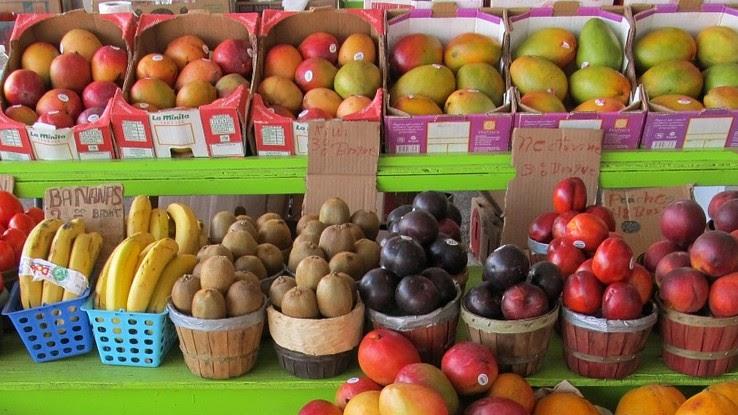
These fruits and veggies create ethylene: apples, apricots, bananas, avocados, onions, pears, persimmons, plantains, melons, mangoes, tomatoes, nectarines, peaches, plums and damaged or bruised potatoes.
Know Which Fruits and Veggies Not to Store Together
Not all produce creates and releases ethylene gas. However, even fruits and veggies that don't produce ethylene themselves may ripen and rot quickly if exposed to the gas. Avoid storing fruits and veggies that are sensitive to ethylene with producers of the gas.
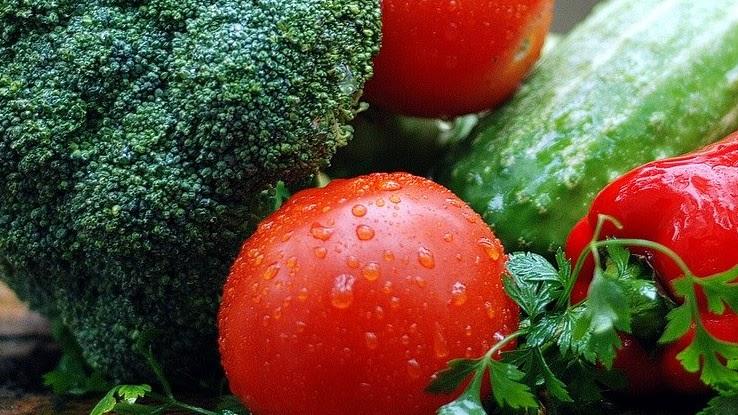
The following fruits and veggies don't produce ethylene but are sensitive to it: asparagus, broccoli, Brussels sprouts, carrots, cauliflower, celery, cucumbers, eggplant, cabbage, okra, green beans, grapes, leafy greens like spinach and kale, squash, zucchini and sweet potatoes.
Bananas Should Be Stored With Plastic Wrap on Their Stems
While making banana bread from old, blackened bananas is a great way to use this overripened fruit, the healthiest way to eat bananas is while they're fresh. You've probably noticed that bananas tend to go bad pretty quickly, growing those unappetizing brown spots almost as soon as you bring them home from the supermarket.
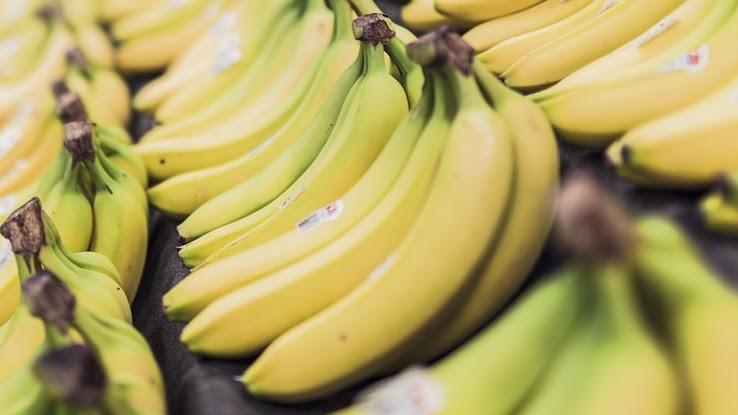
The easiest way to slow down bananas' ripening process is to grab some plastic wrap and carefully wind it around the stems the stems. The placement of the wrap helps to reduce the release of ethylene, the gas that speeds up the brown spot growth on bananas.
Keep an Eye on Your Produce and Move It as Needed
If you notice some of your produce going bad — say, an orange in a bag of oranges — you'll want to immediately remove the bad piece from the rest of the fruit. Leaving the bad fruit or veggie in with the ones that haven't spoiled yet will cause them to start rotting as well.
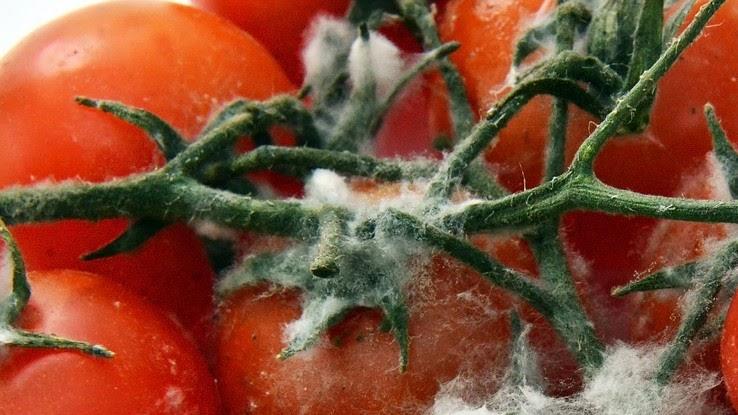
You'll notice more mold and black spots in fruit that's left together. Carefully check each piece to see if any mold has started to grow on, and then spread out the remaining healthy produce and make sure they are clean and in a breathable environment.
Know When to Refrigerate and When Not to Refrigerate
Some produce should always be refrigerated, while others should never be refrigerated raw. Some are somewhere in between. Those that should never be refrigerated until cut or cooked include melons, squash, cucumbers, garlic, onions, potatoes and sweet potatoes.
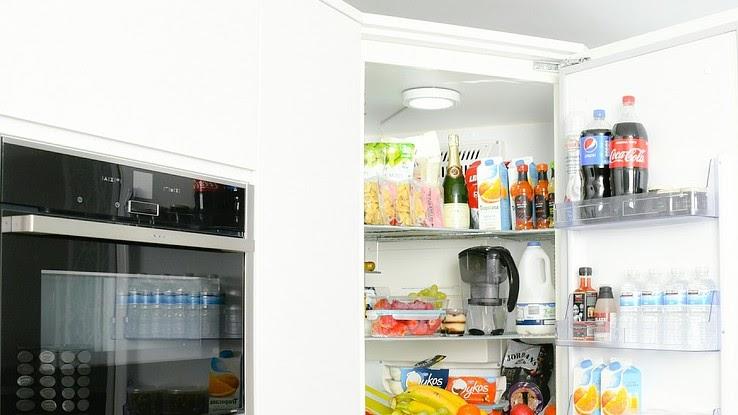
Many fruits and veggies don't require refrigeration but may last longer in the fridge. These include apples, asparagus, berries, broccoli, cauliflower, celery, grapes and leafy greens. Store them in a crisper drawer to avoid accumulating moisture that can cause wilting or rotting, and be sure to space the produce out rather than bunching everything tightly together.
Storing Leafy Greens Properly Can Keep Them Fresh Longer
The best way to store leafy greens isn't by throwing them in the fridge the second you get home and waiting to treat them until later. Instead, you should rinse the greens thoroughly. Wrap them in a paper towel or tea towel and dry them as best you can with a bit of patting.
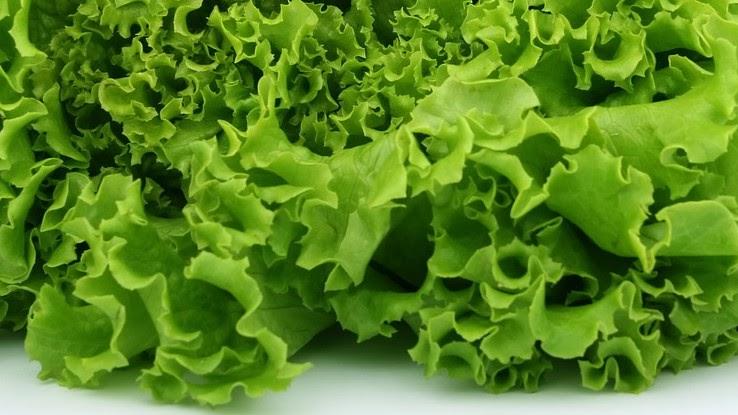
Afterward, place them in the fridge in a container or sealed bag. This works for bok choy, lettuce greens, Swiss chard, spinach and kale, and doing so means less prep time when you're ready to cook or make a salad.
Asparagus Is Best in the Fridge With Moisture
It may seem counterintuitive to store any produce with moisture since what makes many things go bad, but asparagus is a different animal (er, plant) than most. There are a couple of ways to store asparagus to keep it fresh.
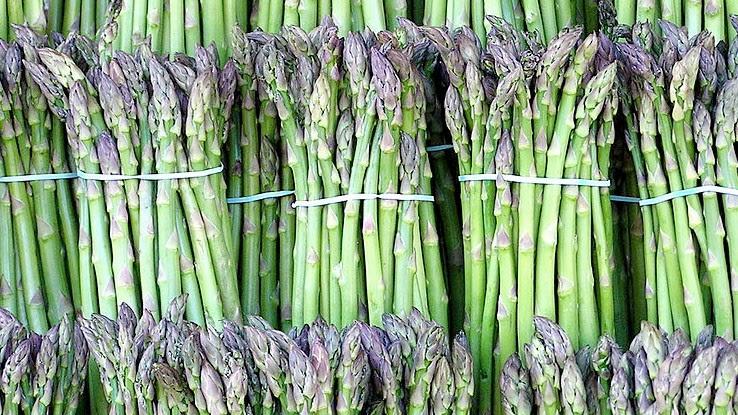
First, rinse the asparagus thoroughly and towel it dry. From there, you can either wrap the stalk ends in a damp paper towel and place them into an open container or grab a glass jar and fill it with a bit of water like you would a vase for flowers. Place the asparagus stalk ends into the water.
Tomatoes Shouldn't Always Start in the Fridge
If you buy only soft, bright red tomatoes, you should immediately place them in the fridge. If, however, you purchase green, partially green or otherwise firm tomatoes, you should start them out somewhere at room temperature.
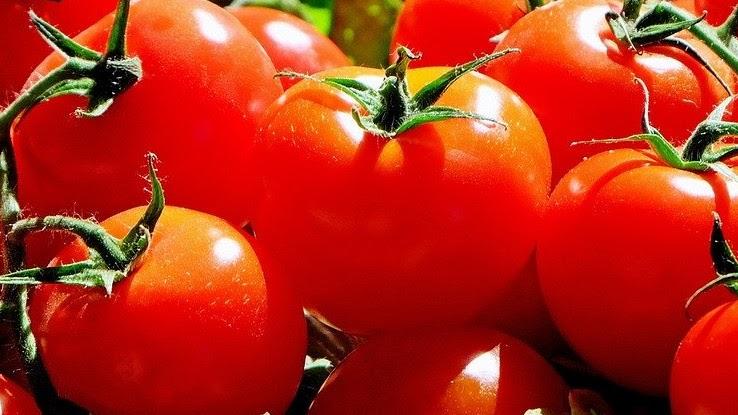
If they're green or partially green, you should also aim to keep them in a kitchen window or other place where they can get direct sunlight. The light helps to ripen the tomatoes evenly. Once the tomatoes are fully ripe and start to feel a little soft, they should be transferred to the fridge.
Understand the Shelf Life of Your Produce Items
Just as proper storage methods for fruits and veggies change from item to item, different kinds of produce come with different shelf lives. Some may only last for one or two days, while others can be good for a couple months.
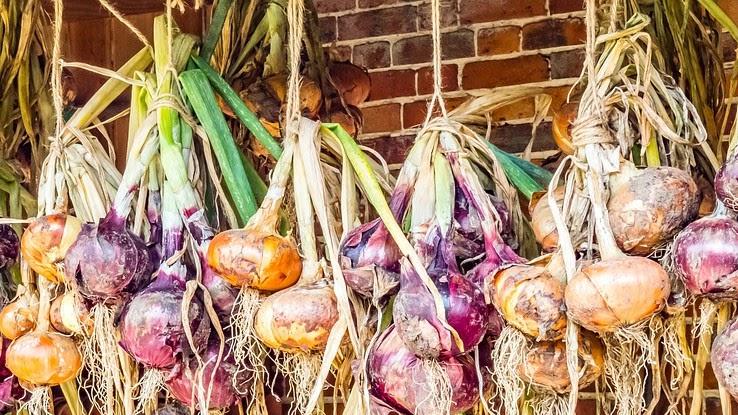
Potatoes, sweet potatoes, onions and other root vegetables naturally last longer than produce like bananas or leafy greens. When you shop for fruits and veggies, keep these self-life periods in mind to avoid spoilage.
Many Vegetables Can Be Frozen Instead of Kept in the Fridge
If you have veggies you're not going to eat right away, you can always freeze them. It's a fast and easy method for preserving nutritional content, and the veggies may last for up to a year. However, most kinds of produce should be blanched before they go into the freezer.
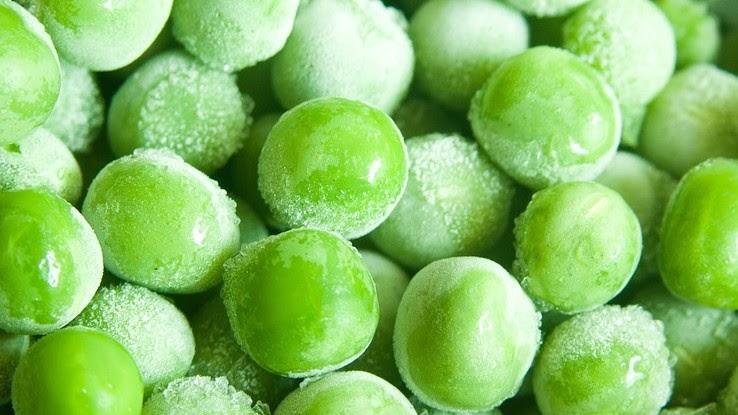
To do this, boil some water and place the sliced or whole vegetables into it for one to two minutes only. Remove the veggies and put them immediately into cold water to stop the cooking process. This also prevents freezer burn. Avoid freezing artichokes, radishes, eggplant, potatoes (unless cut or mashed), sweet potatoes and Belgian endive.
Put Grapes on Paper Towels or Freeze Them
Grapes are one of nature's candies, but they're notorious for growing mold and turning gross very quickly. The reason? Moisture build-up, since they're usually still on the vine and collected in a bag together.
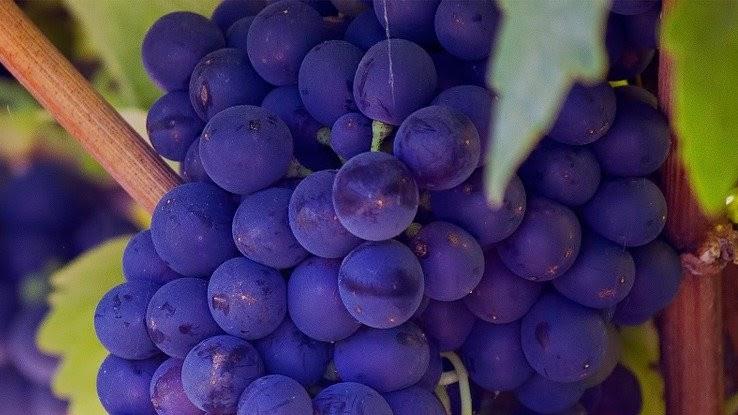
To preserve grapes, remove them from the bag and rinse them thoroughly. When they're clean, gently dry them with a paper towel. Then use a dry paper towel to line an open container and put the dried grapes inside. Alternatively, if you like a cold treat, wash and dry the grapes and toss them in the freezer.
Don't Wash Those Mushrooms …
For those who love good fungi, mushrooms are a delicious addition to the produce drawer. They come in all shapes and sizes, from Enoki to Portabella, and a wide range of flavors. But one thing all varieties of mushrooms have in common is that they don't like to be washed before storing.
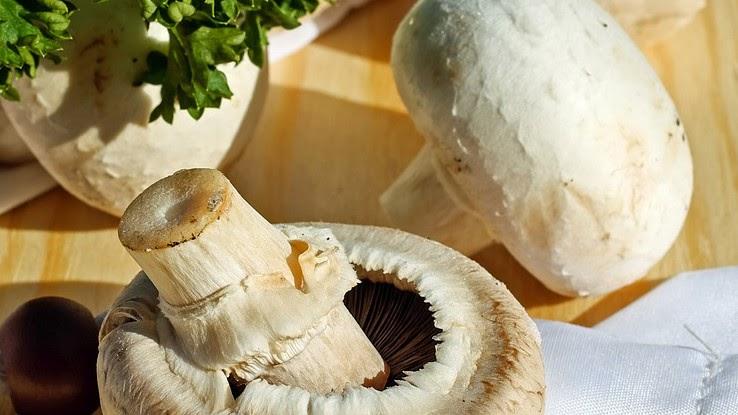
While many other veggies do well with a quick rinse, mushrooms are more likely to rot if after exposure to water. Instead, simply put them in a sealed container in the fridge. Avoid opening the container unless you're retrieving some mushrooms for food prep.
… or Peppers
Peppers can last for a reasonably long time, but only if they're stored properly. Thankfully, that's pretty easy to do. Clean the peppers of debris, but don't wash them. Then place them in a produce bag or other breathable container.
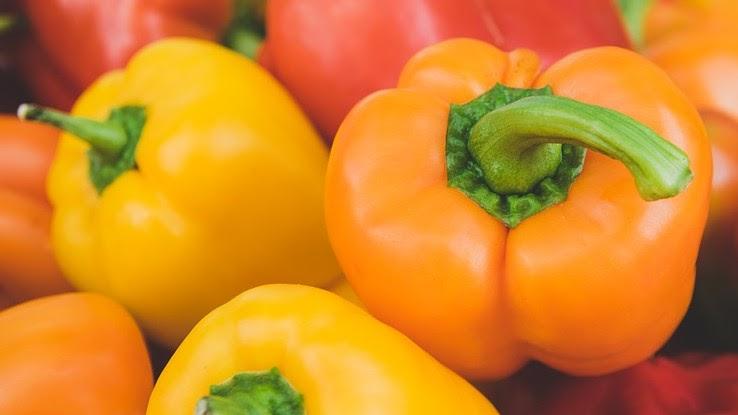
Peppers remain fresh and crisp for two to three weeks as long as they don't get wet. You should also avoid keeping them with other vegetables like tomatoes or carrots, which could result in rot.
Keep Your Berries Dry
Berries are a delicate fruit that usually come in containers that aren't particularly conducive to their preservation. Berries respond terribly to moisture, and these breathable containers expose them to humidity that speeds up their rotting process.
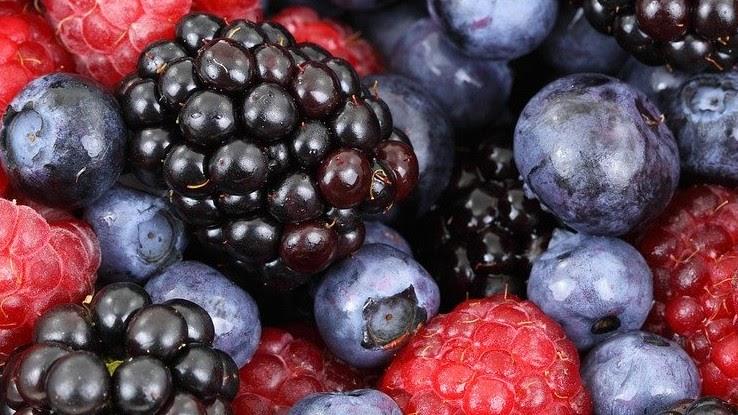
Like all fruit, they also don't like being bunched together. Remove the berries from the containers, wash them gently and pat dry. In an open container, lay them out in a single layer on a paper towel. Once the moisture has been removed, store them in the fridge.
Don't Refrigerate Citrus Fruit
We tend to keep everything in the fridge, but there are some fruits and vegetables that last longer if they're not kept in the cold. Citrus fruit is one of them. Instead of putting your citrus in a bowl where they may become moldy, lay them out on the counter instead.
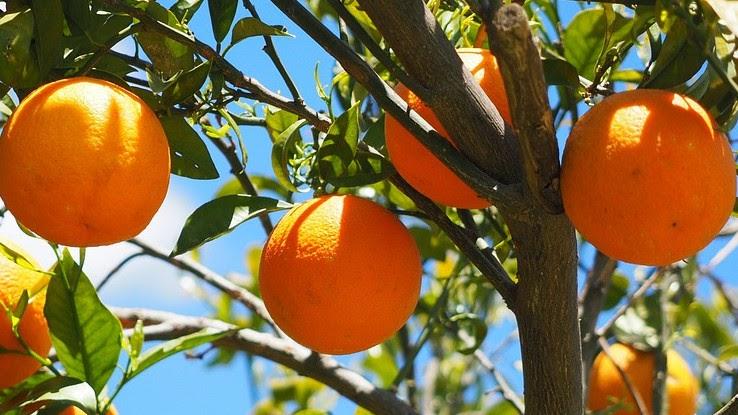
Spread the fruit out as much as possible in an open-air space — not cool and dark places. This works best for grapefruit, oranges and tangerines, although other fruit like limes and lemons also benefit from this method of storage.
Separate Your Bananas
Another way to preserve those ever-popular yellow fruit is by separating them. The bunches bananas come in are one of the big reasons these delicious, potassium-rich fruits go bad so quickly.
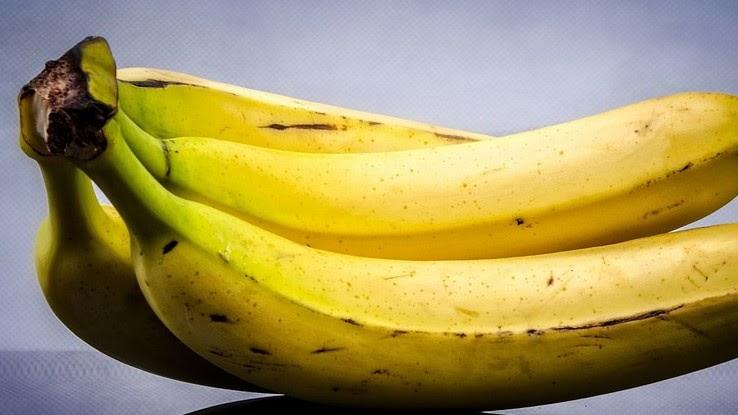
If you separate bananas and store them individually, they can last longer and won't grow nearly as many brown spots – unless you just let them hang out for a month. Even better, bind the stems with plastic wrap to prevent the release of ethylene.
Keep Stone Fruit on the Counter
A lot of times, peaches, nectarines, apricots and other stone fruits are under-ripe when you purchase them from the store. They're picked, packed and shipped this way to help prevent them from being squishy and soft by the time they make it to your local supermarket.
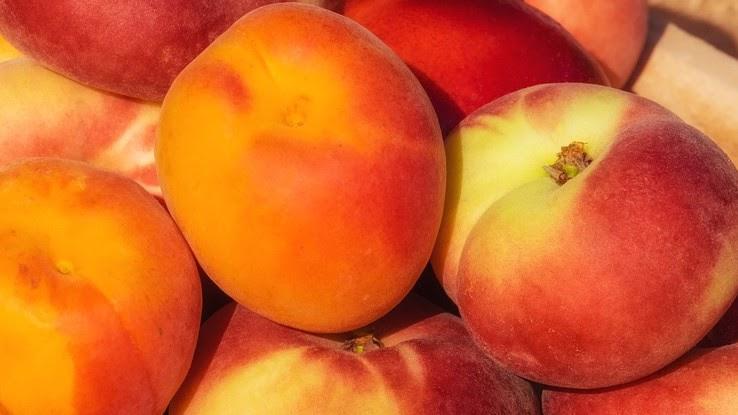
However, this means they're hard, less flavorful, and not particularly appetizing by the time they reach you. The best way to store these fruits safely so that they ripen instead of rot is by placing them on your countertop without washing. Check them daily to test for ripeness. Once they ripen, keep them in the fridge to preserve their sweetness longer.
Use Nylon Stockings for Your Onions
One of the best ways to keep onions is inside of a pair of nylon stockings. The easiest way to do this is with a pair of knee-highs. Place an onion in the toe and tie a knot above it. Place another onion in the next section of nylon and tie another. Repeat as needed.
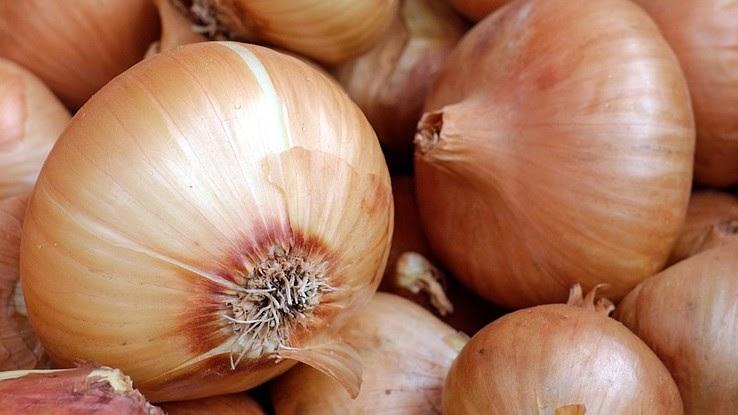
The knots help to separate the onions from each other and avoid the spread of rot while providing a breathable and convenient storage option. They can last between six and eight months this way.
For Leafy, Fresh Herbs, Think Flower Vase
Similar to asparagus, parsley, cilantro, basil and other leafy green herbs can be kept longer through unconventional storage methods. Before exploring this method, it's critical to note that these leafy herbs should not be washed until immediately before use in a recipe.
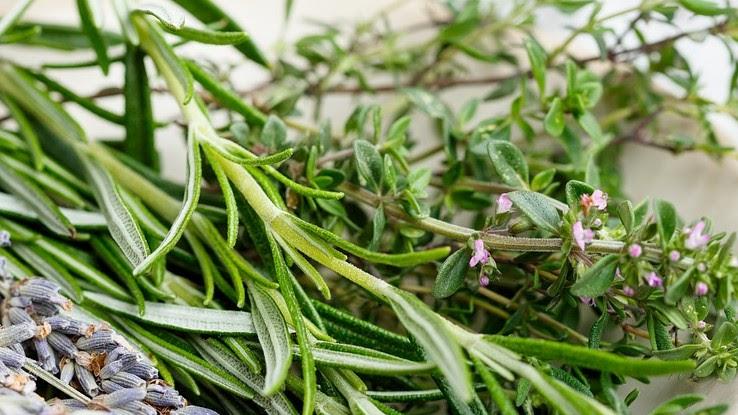
Take a vase, glass or other high-necked container and fill the bottom with water like you would a vase for cut flowers. Then, without trimming or washing the herbs, place the stems down into the water. Instead of using the fridge, place the vase of herbs on a counter or open-air shelf at room temperature.
Put Mushrooms and Parsley Together
If you plan on whipping up a tasty recipe using mushrooms and parsley, you can store both items together to help keep them both fresher for longer. Make sure you don't wash the mushrooms until you're ready to use them for a meal.
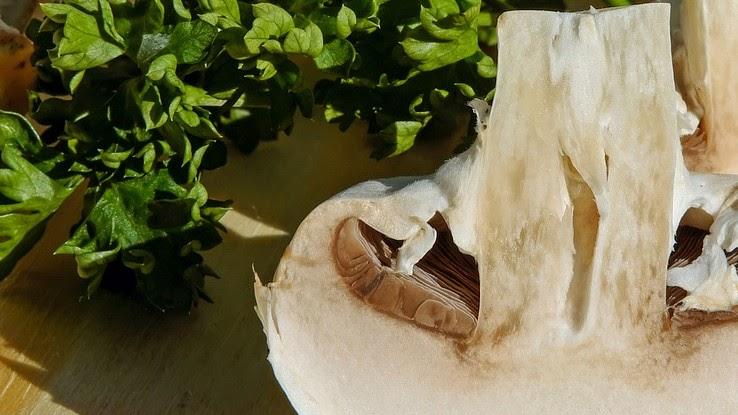
Grab a paper bag and add in some fresh, unwashed parsley branches. The parsley acts as an antioxidant and prevents the mushrooms from growing spots. After you've put the two together, you can refrigerate them for between three and five days and still have fresh mushrooms and parsley.
Disinfect Your Strawberries With White Vinegar
You should only wash strawberries right before you eat them, so you often need a bit of a boost to keep them fresh. You can disinfect strawberries with 1 part vinegar, 2 parts water. Remove any molding strawberries first.
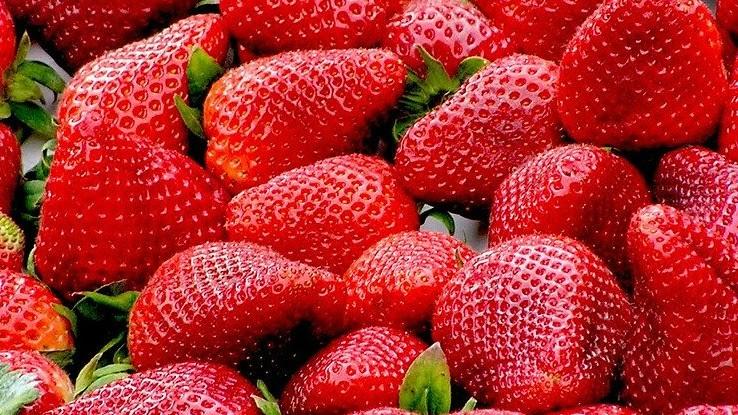
Rinse the berries in the solution, remove the stems and place them in an airtight container for freezing. If you plan to eat them fresh, keep them in the fridge in a colander. This can prevent leftover fluid from rotting the berries. In the freezer, they'll last for two to four months. In the fridge, between five and six days.
Wrap a Cut Lemon in Aluminum Foil
If you've cut up a lemon and only used half of it, you don't want the other half to go to waste. To prevent this, consider wrapping the lemon half in aluminum foil and storing it in the fridge. This can prevent the lemon from losing its color and flavor.
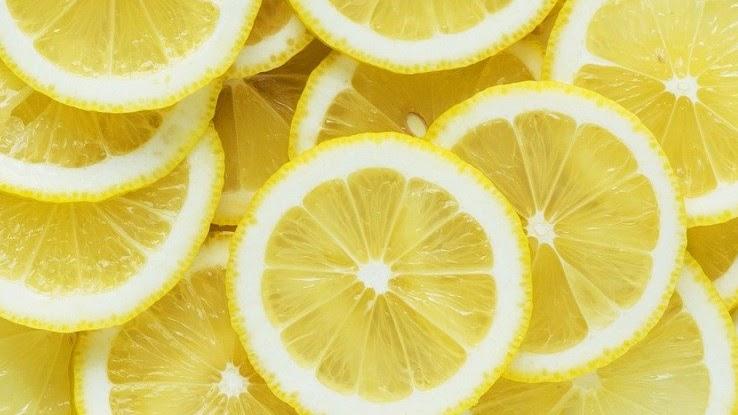
Alternatively, you can coat the open flesh of the lemon in salt, after which it should also be stored in the fridge. Be sure to rinse it thoroughly before use if you go with the salt method.
Store Carrots in Water for Freshness
The best way to store carrots is to keep them in water. First, peel and cut the carrots in half so that they fit an airtight container. You can leave them whole if you have a large enough container.
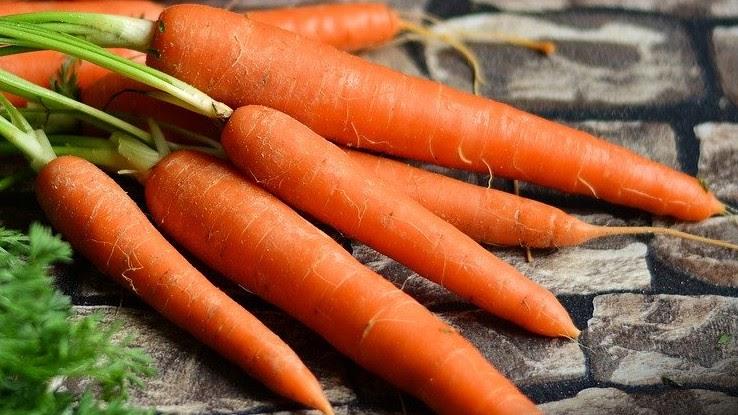
Next, arrange the carrots so that there's at least an inch of headroom between the top of the carrots and the rim of the container. Fill the container with clean water and seal it securely. Change out the water daily to maintain freshness.
Coat Cut Apples and Avocados in Lime Juice
Almost the second you cut open an avocado or apple, the flesh of the fruit starts to turn brown. This is because the inside of the fruit becomes exposed to oxygen, which releases enzymes in the fruit that speed up the ripening rate.
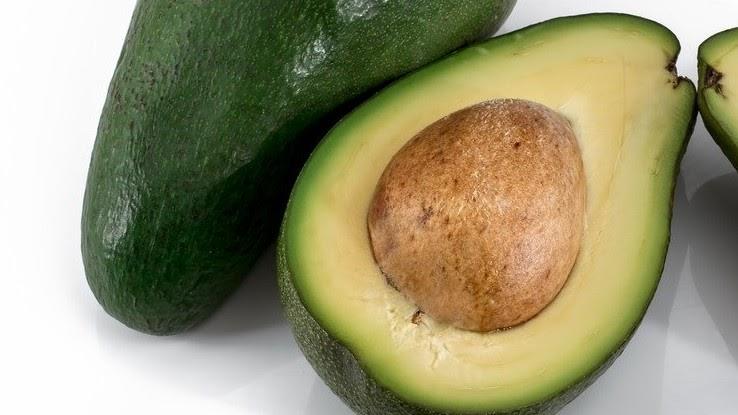
Citric acid, however, can knock out those enzymes and slow down the browning process. Just squirt or brush a little lemon or lime juice over the flesh of the fruit and then store it in an airtight container. This works especially well with avocados, although apples also stop browning with this method.
Keep Your Pineapple Upside Down
If you love keeping this tasty, tropical staple on hand, you've probably noticed that pineapples take a while to ripen – and then they quickly grow mold and get mushy. Fortunately, there's an easy way to keep them until they mature and prevent the mold from getting nasty.
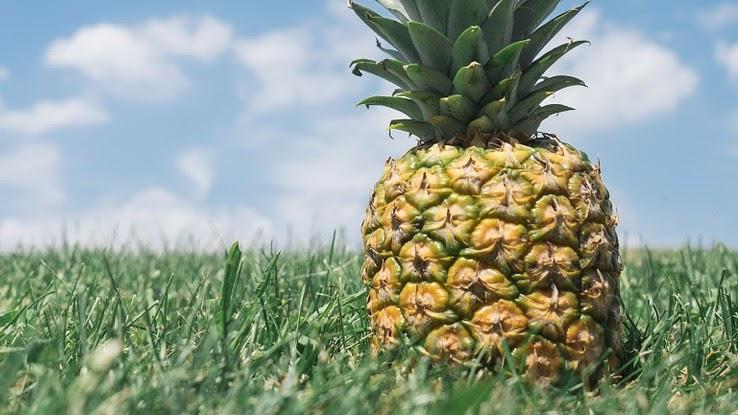
Start by cutting off the leafy top of the pineapple. That doesn't mean down to the quick, though – just the leafy part. Next, find a place where you can store the pineapple upside down. This helps to redistribute the sugars throughout the pineapple rather than leaving it in the bottom of the fruit.
Revive Wilted Greens Instead of Tossing Them
Lettuce and other greens look great fresh, but if they wind up in the wrong part of the fridge or get a bit too cold, they can wilt on you. The reason for this is often because they lose their moisture.
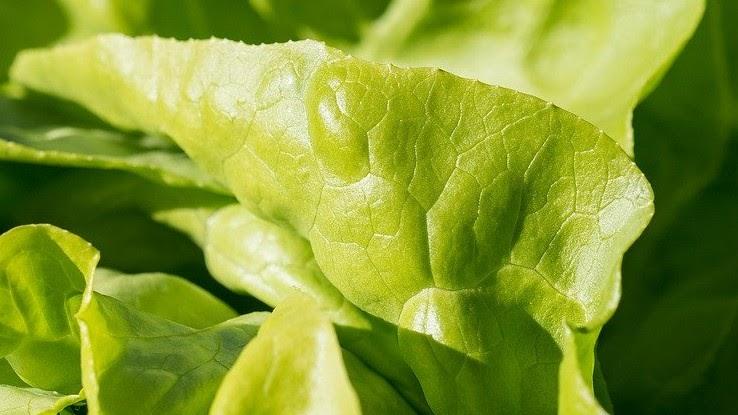
If you want to revive that lettuce or spinach for some fresh salad, you can do so by submerging the leaves in cold water for about half an hour. This lets the leaves regain their crispness and bright coloring.
Prevent Beets From Shriveling and Drying
Beets are a root vegetable that can be stored in a variety of ways. The key to their preservation is cool and dark places where they won't be exposed to a lot of moisture. If they are exposed, it should only be in a controlled setting, such as in a jar as described above for carrots.
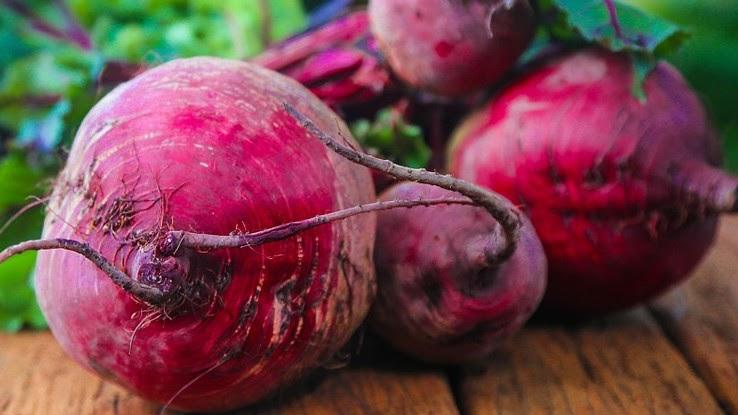
The best way to do this is by removing the beet tops — these can be used immediately in a lot of different recipes — and leaving at least a half-inch of the stem to prevent the moisture in the beet from seeping out.
Use Aluminum Foil to Keep Your Celery Crisp and Delicious
Limp celery is a real bummer, and not particularly appetizing. To prevent that unfortunate scenario, use aluminum foil. First, grab a single sheet of foil . Next, break the celery off of the base, but don't wash it. Wrap the celery pieces in aluminum foil, and you're done.
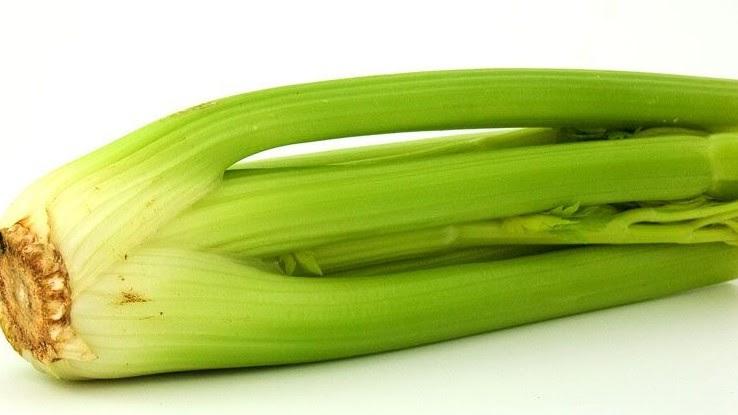
Keep celery prepared this way in the crisper or front of the fridge to prevent it from getting too cold and wilting. Done properly, your celery should stay fresh and crunchy for at least a month.
MORE FROM FAQTOIDS.COM
Where to Buy Fresh Fruit and Vegetables for Cheap
Source: https://www.faqtoids.com/health/great-tips-keeping-fruits-veggies-fresh-longer?utm_content=params%3Ao%3D740006%26ad%3DdirN%26qo%3DserpIndex
0 Response to "Where to Buy Fresh Fruit and Vegetables for Cheap"
Post a Comment